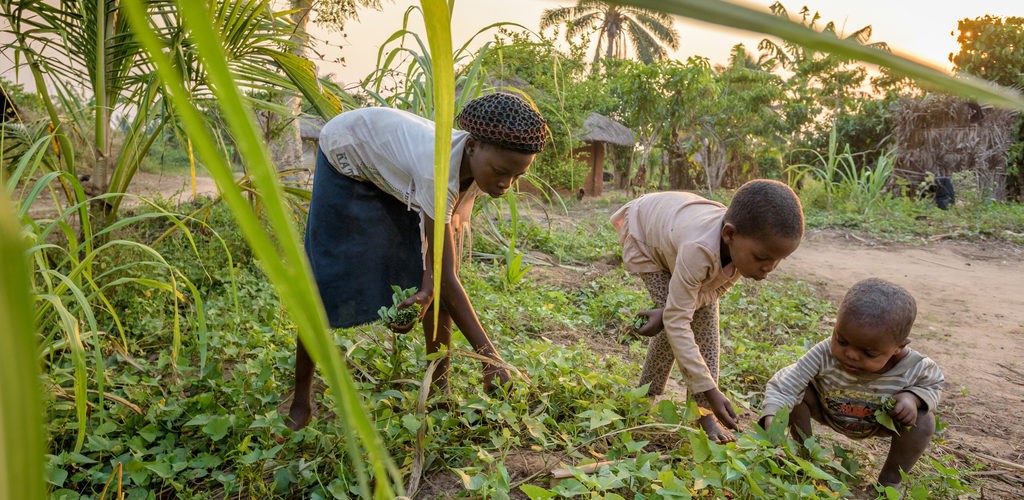The effect of coronavirus on global poverty is getting significantly worse, according to new data from the World Bank.
COVID-19 is “likely to push between 88 and 115 million people into extreme poverty — those living under $1.90 a day — around the globe in 2020,” the Nov. 9 report concluded.
The World Bank has upgraded its estimates on the global economic devastation of the pandemic several times already. A first estimate in April suggested between 40 and 60 million new poor, then in June the estimate was updated to between 71 and 100 million, and now it has been updated to between 88 and 115 million.
Even looking a step above the most profound level of poverty, things look worse, the report says. “The increase in the new poor is not limited to the $1.90 line. We also find that the new poor under the $3.20 line more than doubles between April and October this year, from 125 million in April to between 242 and 257 million in October. South Asia contributes 63% of the new poor at the $1.90 line and 71% at the $3.20 line.”
The World Bank calls the present moment a “truly uncertain environment.” And it adds that such an increase in global poverty also worsens the level of inequity in the world exponentially.
World Vision
This scenario is echoed by World Vision, one of the leading agencies addressing global poverty from a faith-based perspective.
“The world has made huge strides in overcoming global poverty,” World Vision said in a recent report. “Since 1990, more than 1.2 billion people have risen out of extreme poverty. Now, 9.2% of the world survives on $1.90 a day or less, compared to nearly 36% in 1990.
“The COVID-19 pandemic threatens to reverse decades of progress in the fight against global poverty and income inequalities.”
“But the COVID-19 pandemic threatens to reverse decades of progress in the fight against global poverty and income inequalities, and it jeopardizes the future of a generation of children.”
From a holistic perspective, poverty is not just about economics but also about well-being, according to both World Vision and Gallup.
“When families move out of poverty, children’s health and well-being improve,” World Vision noted. “Since 1990, the number of children under the age of 5 dying — mostly from preventable causes such as poverty, hunger and disease — is less than half of what it was, dropping from nearly 35,000 a day to about 14,200.”
Gallup measures suffering
This year’s dramatic rise in global poverty could reverse these gains in health and well-being.
A September report from Gallup looked at the broader effects of global poverty, measured by general well-being.
“Poverty is multidimensional,” wrote Jon Clifton, global managing partner for Gallup. “And the dimension that receives the least amount of attention is behavioral. This behavioral dimension goes by a few other names — such as happiness and subjective well-being. Regardless of what you call it — the names mean the same thing. Well-being is a statistical representation of people reporting how their lives are going.”
That’s why Gallup annually assesses the percentage of the world’s adult population deemed to be “suffering.”
In 2007, Gallup found 9% of people around the world rated their lives so poorly they were considered suffering. Now, that’s 17%.
In 2007, Gallup found 9% of people around the world rated their lives so poorly they were considered suffering. Now, that’s 17%, a record high in the history of Gallup’s tracking.
“And suffering isn’t the only thing that has reached a record high,” Clifton continued. “People are experiencing more anger, more sadness, more worry and more physical pain than at any point in Gallup’s history of global tracking.”
The root cause is the inability to meet basic needs. For example:
- When asked, “Have there been times in the past 12 months when you didn’t have enough money to provide adequate shelter or housing for you and your family?” three in 10 people around the world say “yes.”
- When asked, “Have there been times in the past 12 months when you didn’t have enough money to buy food that you or your family needed?” 35% percent of people worldwide say “yes.”
These record highs in global suffering were reported in 2019, a full year before COVID appeared. “That means these figures are only going to get worse,” Clifton surmised.
Countries hardest hit
Data presented by the Brookings Institution highlights the top 10 countries most likely to experience increases in extreme poverty. They are, in order: India, Nigeria, Congo, Bangladesh, Ethiopia, Philippines, Mali, Kenya, Venezuela, and Burkina Faso.
The United Nations Department of Economic and Social Affairs joins the chorus of international observers sounding an alarm.
“While extreme poverty is driven by many factors, a couple stand out in the current crisis,” the UN report says. “Plummeting economic growth is increasing poverty and exacerbating existing inequalities. Factories are shuttered, domestic demand is curtailed, investments are postponed, and global trade has fallen sharply, thus jeopardizing innumerable jobs.”
Workers in tourism and manufacturing are among the hardest hit globally, the report says.
And, once again, children suffer. “Children in poor households also suffer disproportionally from the closure of schools, as they miss out on essential school meals and may find it harder to access digital learning in oftentimes overcrowded and poorly connected environments.”
One of the worst connections between global poverty and COVID-19 is the vicious cycle created, the UN report explains.
“As living in poverty usually implies a greater exposure to COVID-19 and its economic impact, the crisis is, in effect, also bringing about a vicious cycle between growing poverty and inequality. Indeed, the most vulnerable have been hit the hardest by both lockdowns and the direct health threat of the pandemic, while people in high-skills service jobs in the formal sector are more likely to be able to work online from home and thus enjoy significantly more protection.”


